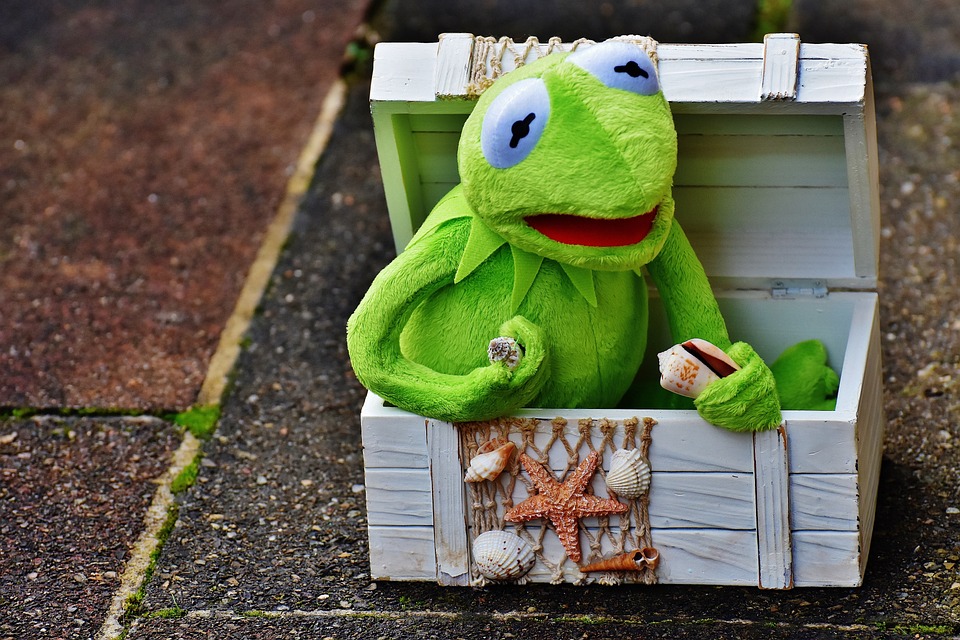Promoting Positive Fish Response to Peaceful Tank Mates
Introduction
Fish are fascinating creatures with diverse behaviors. When setting up a community tank, it is crucial to choose peaceful tank mates to maintain harmony. By understanding fish behavior and employing appropriate techniques, you can encourage positive interactions among your fish community. This article will explore strategies to promote a positive response among tank mates.
Understanding Fish Behavior
1. Social Hierarchy
Fish establish social hierarchies, with dominant and submissive behaviors. They also establish territories and establish a pecking order within the community.
2. Shoaling and Schooling
Shoaling and schooling refer to fish swimming together in groups. Benefits include safety, better foraging, and reduced stress. Different fish species have specific preferences for group sizes and dynamics.
3. Aggression and Compatibility
Some fish species display aggression, which can disrupt tank harmony. Identifying aggressive species, understanding factors that influence aggression, and selecting compatible tank mates are essential for a peaceful community.
Creating an Ideal Environment
1. Providing Sufficient Space
Consider tank size requirements to ensure fish have adequate space. Overcrowding can lead to stress and territorial disputes.
2. Proper Hiding Places
Hiding spots are essential for fish to establish territories and retreat when needed. Natural and artificial options should be provided to cater to different species’ preferences.
3. Balanced Lighting and Water Conditions
Mimicking natural habitats with appropriate lighting levels and maintaining optimal water parameters are crucial for fish well-being and reducing stress.
Introducing New Tank Mates
1. Quarantine Procedures
Quarantine is essential to prevent disease transmission. Observe new fish for signs of illness before introducing them to the main tank.
2. Gradual Acclimatization
Use the drip acclimation method to slowly adjust new fish to the main tank’s water parameters. This minimizes stress and increases the chances of successful integration.
3. Monitoring and Intervention
Closely observe fish behavior after introducing new tank mates. Identify signs of aggression or stress and take necessary steps to rectify issues, such as separating aggressive individuals or providing additional hiding spots.
FAQs (Frequently Asked Questions)
1. Can aggressive fish peacefully coexist with other tank mates?
While it is possible in some cases, it is generally recommended to avoid mixing aggressive fish with peaceful tank mates to ensure a harmonious community.
2. How can I prevent territorial disputes among fish?
Provide ample hiding spots and create distinct territories within the tank. This reduces the likelihood of territorial conflicts.
3. Are there any specific fish species known for being peaceful tank mates?
Yes, certain species like neon tetras, guppies, and Corydoras catfish are popularly known for their peaceful nature and compatibility with various other fish species.
4. Is it necessary to maintain a strict feeding schedule for promoting positive fish behavior?
Having a regular feeding schedule can establish a routine and reduce competition among tank mates. However, avoid overfeeding, as it can lead to aggression and health issues.
5. Should I rearrange the tank decor periodically to prevent aggression?
Some fish may become territorial over specific areas in the tank. Periodically rearranging the decor can disrupt territorial behavior and promote a more peaceful environment.
By following these guidelines and understanding fish behavior, you can create a community tank that fosters positive interactions and ensures the well-being of your aquatic companions. Research specific species’ preferences and consult experts to make informed decisions when selecting tank mates. Happy fishkeeping!









